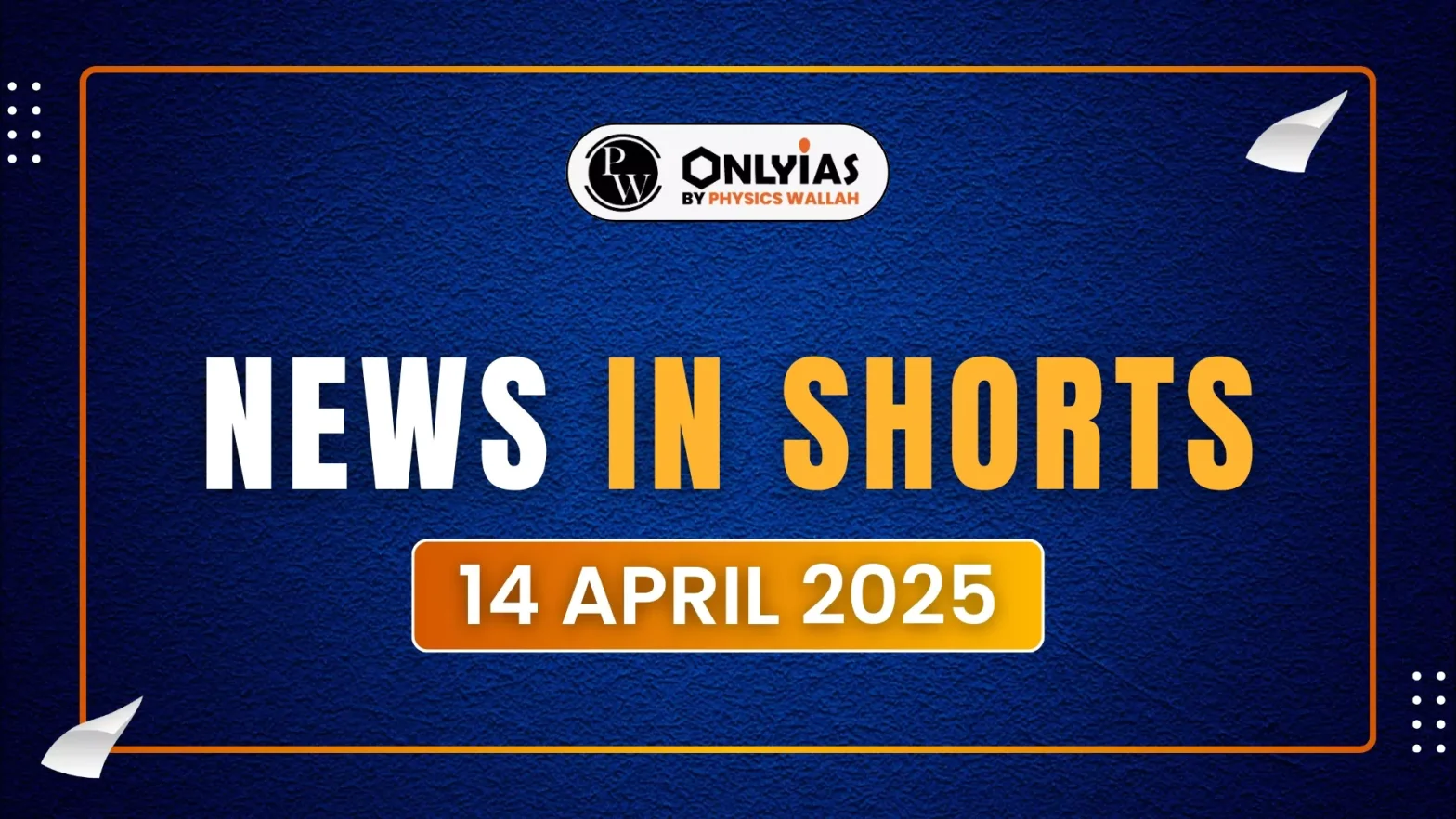Ernakulam Declared First Fully Digital Literate District in Kerala
Context: Ernakulam, a district in Kerala, was declared the first fully digital literate district in Kerala.
- The initiative is part of the Digi Keralam project.
About Digital Literacy
- Digital literacy is the ability to effectively and critically navigate, evaluate, and create information using digital technologies, such as computers, smartphones, and the internet.
About Digi Keralam Project
- Digi Keralam is the drive to attain complete digital literacy in the state on the lines of the achievement for total literacy achieved in campaign mode in 1991.
- It is being spearheaded by the Local Self Government Department.
- Program Structure: The digital literacy program operates through three main phases: Information Gathering, Training and Formal Recognition of Literacy Achievement.
- Objective: The primary objective is to ensure digital literacy for individuals aged 14 to 65 years.
Dharmadam: First Extreme Poverty-Free Constituency
Context: The Dharmadam Assembly constituency in Kannur, Kerala was declared the first extreme poverty-free constituency of Kerala.
- The Chief Minister of Kerala has assured the entire state to be declared as an extreme poverty-free state by 1 November, 2025.
What is Extreme Poverty?
- According to the World Bank, the people in extreme poverty are those who live on less than $2.15 per day.
- This line is based on 2017 purchasing power parity (PPP).
- Indicators of Extreme Poverty: Four factors were taken as indicators of extreme poverty ie. food availability, health, income, and housing considered as basic requirements for survival of a family
- Kerala Institute of Local Administration prepared the yardstick for identification.
About the Achievement
- The Dharmadam Assembly constituency achieved extreme poverty-free status through:
- Right to Swift Assistance initiative: This initiative support included issuance of key documents like the Aadhar, ration cards, voter IDs, job cards and access to welfare schemes.
- LIFE scheme: Housing needs were fulfilled under the LIFE scheme
- Healthcare services, food aid, and income-generation schemes were extended through Kudumbashree and panchayat plans.
Mission to Free Kerala from Extreme Poverty
- Beginning: The State-wide campaign to identify and assist the extremely poor began in August 2021.
- Poverty Rates: Kerala had the lowest poverty of 0.71% across India as per the NITI-Aayog’s first multidimensional poverty index (MPI) released in 2021.
- Led by: The mission was led by the Local Self-Government department.
- Target Group: The project identified 64,002 individuals living in extreme poverty across the State tailoring micro-level plan interventions addressing basic needs
The Mk-II(A) Laser-Directed Energy Weapon System
Context: DRDO successfully tested the Mk-II(A) Laser-Directed Energy Weapon system at the National Open Air Range, Kurnool, Andhra Pradesh.
With this, India joins a select group of countries such as the United States, China, and Russia that have developed high-power laser weapons.
What is the Mk-II(A) Laser-DEW System?
- The Mk-II(A) Laser-Directed Energy Weapon (DEW) is an advanced defense system.
- Indigenously designed and developed by DRDO’s Centre for High Energy Systems and Sciences
- Purpose: It disables missiles, drones, and smaller projectiles with precision and speed.
- Technology: The system uses a high-energy laser beam to engage targets at the speed of light, causing structural damage or destroying warheads.
- Capabilities:
- Engages fixed-wing drones at long ranges.
- Counters multiple drone attacks simultaneously.
- Destroys enemy surveillance sensors and antennae.
- Advantages of Laser-DEW
- Cost-effective: Firing the laser for a few seconds costs about the same as a few litres of petrol.
- Provides a low-cost and long-term solution to counter low-cost drone threats.
- Reduces dependence on expensive ammunition.
- Can target small projectiles, missiles, and drones without physical impact, reducing collateral damage.
BatEchoMon
Context: BatEchoMon has been developed by Kadambari Deshpande, a bat biologist, at the Indian Institute for Human Settlements (IIHS), Bengaluru.
What is BatEchoMon?
- BatEchoMon stands for Bat Echolocation Monitoring.
- It’s an automated system for detecting and analyzing bat calls in real-time.
- It is India’s first such system.
Significance and Impact
- Saves time and effort — tasks that took months can now be done in hours.
- Helps researchers ask deeper questions about bat ecology.
- Encourages bat monitoring in various parts of India, especially urban and forested areas.
Considered a global milestone in bat research, due to its built-in detection and classification system.
India’s First GaN-based Semicon Plant
Context: India’s first Gallium Nitride (GaN)-based semiconductor plant was established by Polymatech Electronics in Nava Raipur, Chhattisgarh.
About The Semiconductor Plant
- Production Capacity: The plant has a production target to produce 10 billion chips annually by 2030.
- It will produce advanced 5-nanometer and 3-nanometer chips.
- Significance:
- Self Reliance: It will make India self-reliant in producing critical semiconductor modules for telecom infrastructure, IoT, and satellite communications
- The chips will also enable next-gen 5G and 6G networks, high-performance laptops, defence technologies, data analytics, and power electronics.
About Gallium Nitride (GaN)
- Gallium nitride (GaN) is a wide bandgap semiconductor material
Key Properties
- Wide Bandgap: GaN can withstand higher voltages and temperatures, making it more efficient in power conversion.
- High Breakdown Voltage: GaN transistors can handle significantly higher voltages than silicon-based transistors, enabling them to operate in high end applications.
- High Thermal Conductivity: GaN has a high thermal conductivity which dissipates heat generated during operation, which is crucial for high-power devices.
- Fast Switching Speeds: GaN transistors exhibit faster switching speeds compared to silicon, allowing for more efficient power conversion in high-frequency applications.
Global Carbon Pricing Agreement for Shipping Industry
Context: The International Maritime Organization (IMO), a UN agency, finalized the world’s first global carbon pricing agreement for the shipping industry
About the IMO Framework
- The framework was adopted through a rare vote, breaking IMO’s usual tradition of consensus.
- India voted in its favor.
Key Features of the New IMO Framework
- Goal: Achieve net-zero emissions from international shipping by 2050, aligning with the 2023 Revised IMO Strategy.
- Carbon Pricing: Ships emitting beyond set thresholds will pay fees.
- Fees go into an IMO Net-Zero Fund to finance clean shipping initiatives and assist vulnerable nations.
- $380/tonne for highest-intensity emissions.
- $100/tonne for excess emissions above a lower threshold.
- Implementation Timeline:
- Formal approval expected in October 2025.
- Enters into force March 2027.
- Compliance starts 2028 for ships over 5,000 gross tonnage.
- Revenue Generation: Expected to raise $10 billion annually by 2030.
- Criticism: Experts and Pacific Island nations argue the agreement falls short of a 1.5°C pathway, likely achieving only 8% emissions cut by 2030 versus the 20-30% needed.
- The U.S. pulled out of negotiations and reportedly threatened retaliation against any country taxing U.S. ships.
Mauritius CPF with ISA
Context: Mauritius has become the first African country to sign a Country Partnership Framework (CPF) with the International Solar Alliance (ISA).
About the Country Partnership Framework (CPF)
- The CPF is a strategic initiative developed by ISA to facilitate long- and medium-term cooperation with its member countries.
- It aims to accelerate clean energy transitions by implementing joint solar energy projects tailored to each country’s needs.
- Mauritius is also the fourth country globally, after Bangladesh, Bhutan, and Cuba, to sign the CPF.
Significance of the CPF for Mauritius
- The CPF offers a structured platform for collaboration between ISA and Mauritius, aligning with the country’s national clean energy priorities.
- The partnership will result in a Country Partnership Strategy (CPS) specifically designed for Mauritius.
- The CPS will focus on scaling up key solar technologies, including:
- Floating solar systems
- Rooftop solar installations
- Solar-powered water pumping systems
- The agreement is expected to boost investment opportunities and enhance energy security through sustainable solar solutions.
About the International Solar Alliance (ISA)
- The ISA is a treaty-based intergovernmental organization launched by India and France in 2015.
- It promotes solar energy adoption globally as a tool for energy access and climate change mitigation.
- ISA aims to mobilize USD 1 trillion in solar investments by 2030.
![]() 14 Apr 2025
14 Apr 2025

